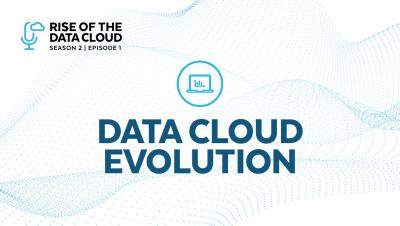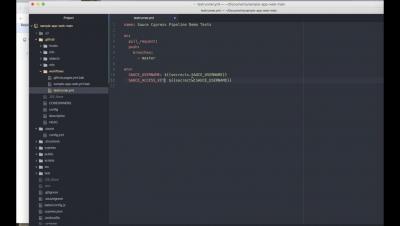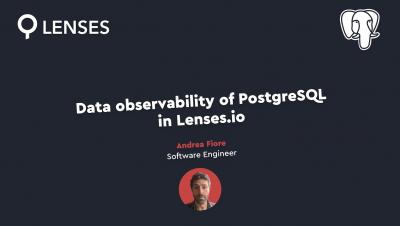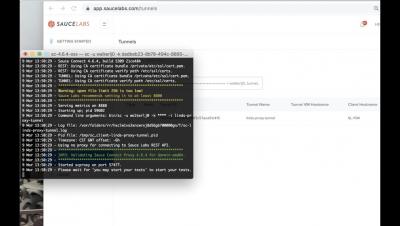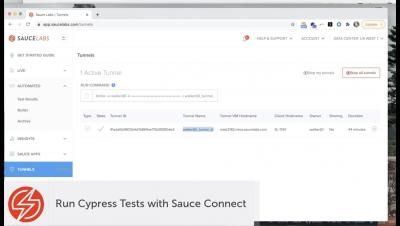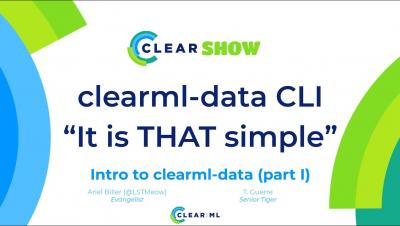Systems | Development | Analytics | API | Testing
Latest Videos
Snowflake CEO Frank Slootman Talks Data Cloud Evolution | Rise of The Data Cloud | Snowflake
On the season 2 premiere of the Rise oF The Data Cloud Podcast, host Steve Hamm talks with Snowflake CEO Frank Slootman, and they give us an update on the transition of Snowflake from a private startup to a public company, the impact of the Data Cloud over the past year for organizations across industries, the future of data sharing and much more.
Set up a Cypress Test Project with Github Actions
In this tutorial, you will see how to set up a app project file cloned from the public `Swag Labs` web app provided by Sauce Labs, and create your own GitHub repository. Setup secrets in Github, and create the YAML file in the .github/workflows directory that will allow you to build & test the app using GitHub actions. Set the events in testrunner.yml that trigger the workflow to run, as well as the environment variables. The following video will show you how to set up and run the jobs.
Data observability of PostgreSQL in Lenses.io
Lenses 4.2 brings extends data observability into PostgreSQL instances to better explore and debug your streaming microservices. Here, Andrea walks you through creating a connection to #Postgres and exploring data with #SQL
Setup Sauce Connect for Saucectl
Learn how to download and run the Sauce Connect proxy software so that you can create a secure tunnely for testing apps that require one. Download the `sc` file, and use a few simple terminal commands to run it on your machine, see how to change the tunnel id to run on different tunnels, and how to run your test on a shared tunnel so that you can use saucectl to run tests against an app in a protected environment.
Run a Cypress Test with Sauce Connect
Once you have a Sauce Connect proxy tunnel up and running, learn how to run your test on a shared tunnel. See how you can run this test in different Sauce Connect tunnels with Cypress on Sauce by simple changing you tunnel-id. See a demonstartion of both options you have for running the test in the 'sauce' test environment (on the Sauce Labs Cloud of virtual machines), by updating config.yml, or using a --tunnel-id flag in SauceCTL when you run your test.
Test a Local App with Cypress and Saucectl
Cypress on Sauce with Testrunner Toolkit allows you to perform tests on an app that you have on your local machine (or other non-public environments), then test it against the wide variety of devices available on Sauce Labs on. in Sauce mode (on the Sauce Cloud), or run your tests in a Docker container in your local environment and send the test results to Sauce Labs. This tutorial shows how to do this using the open-source Swag Labs web app.
This is Appian for Energy & Utilities
Realize your digital potential, from upstream production and refining to utilities and energy services. The Appian low-code platform helps you deliver powerful applications that streamline integrated operations, improve asset performance, and innovate customer management. Watch this video to see how Alabama Power, GRDF, Ocean Winds, EDP Renewables, and other leading Oil & Gas and Energy & Utilities customers are realizing business value from Appian worldwide.
The Clear SHOW - S02E01 - clearml-data
A git-for-data that isn't a git-for-data ;) ClearML: One open-source suite of tools that automates preparing, executing, and analyzing machine learning experiments. Bring enterprise-grade data science tools to any ML project.
Testsigma Talk: What is the Right Approach for AI in Test Automation?
We discuss the current state of AI, how AI can be applied in automation, use cases where AI can be applied. We also answer some questions we received from the attendees! Reach out to webinar@testsigma.com for queries, if you have topic suggestions.



